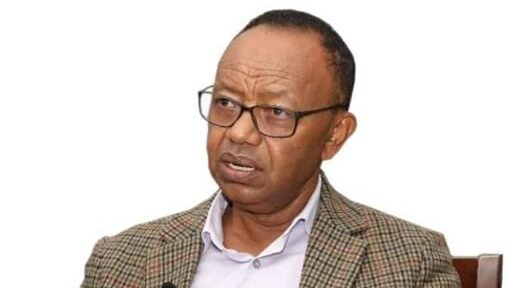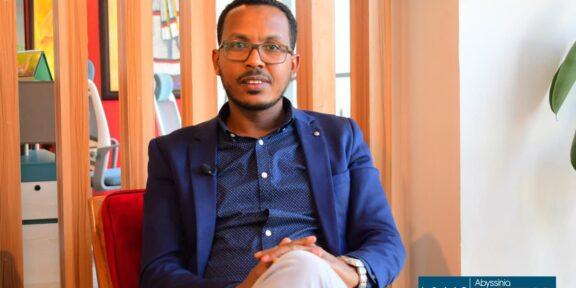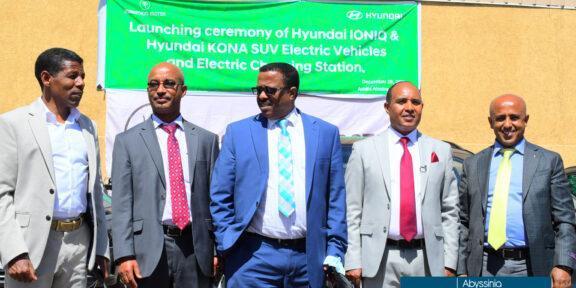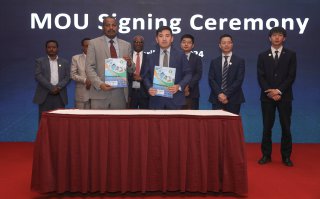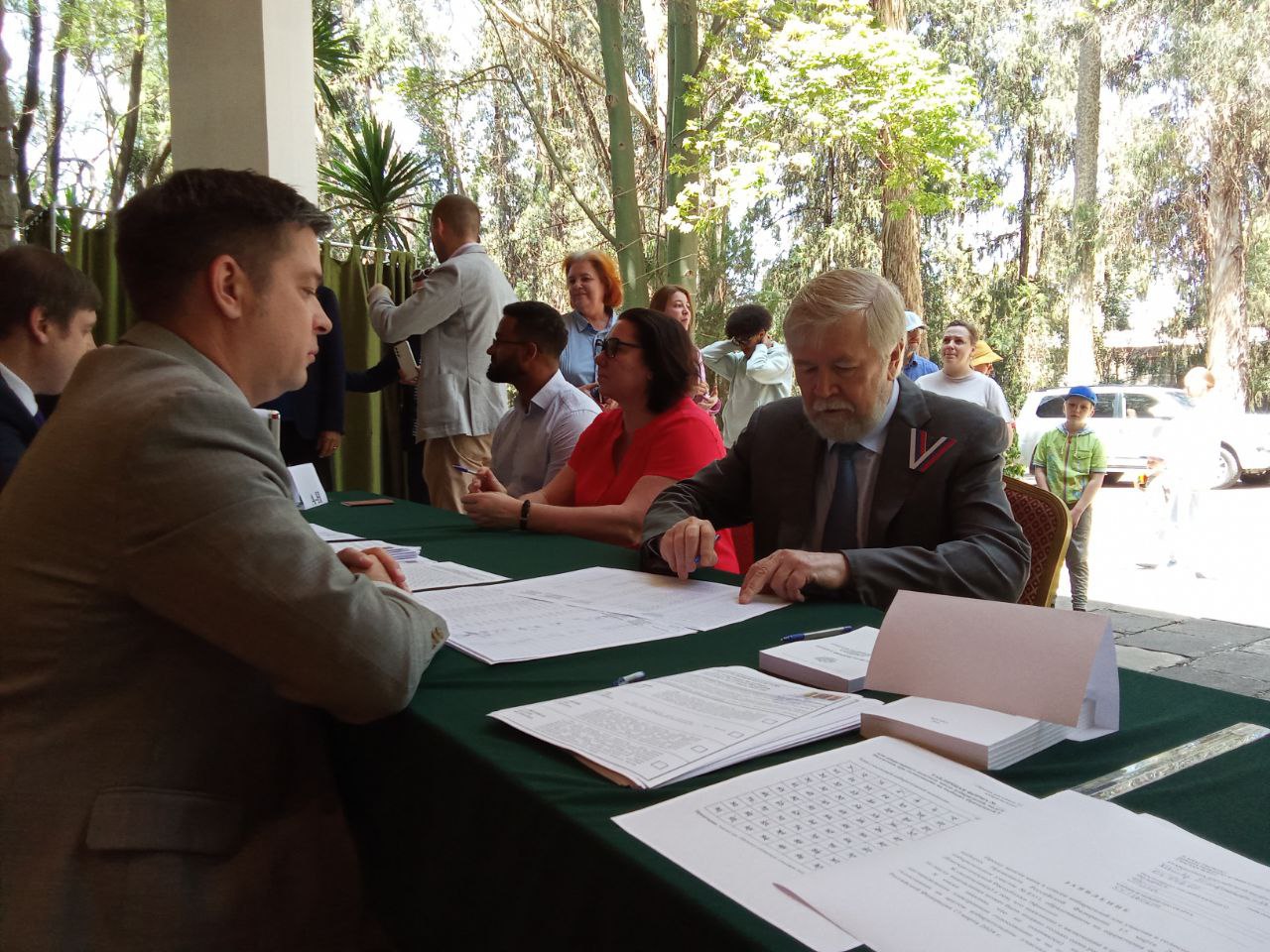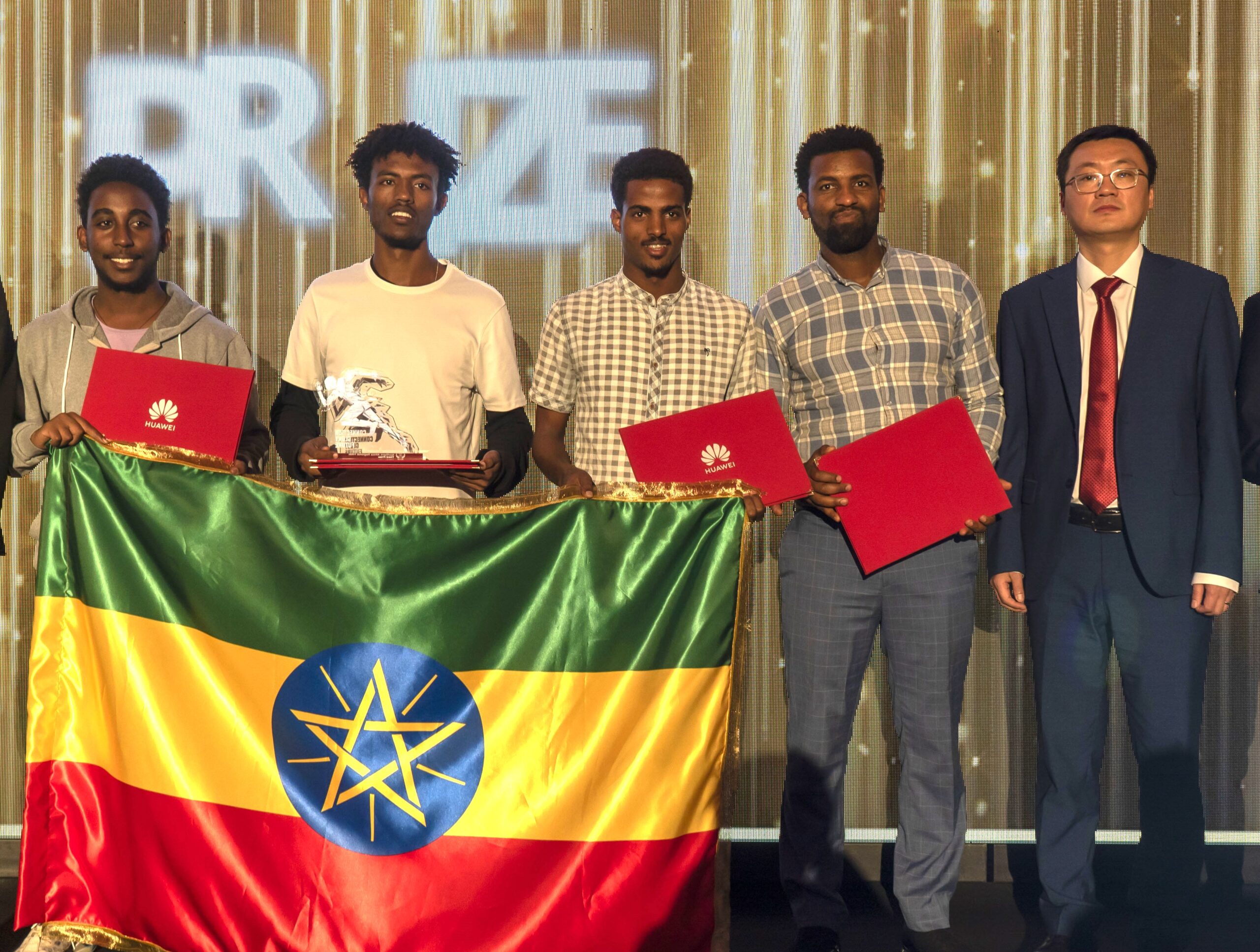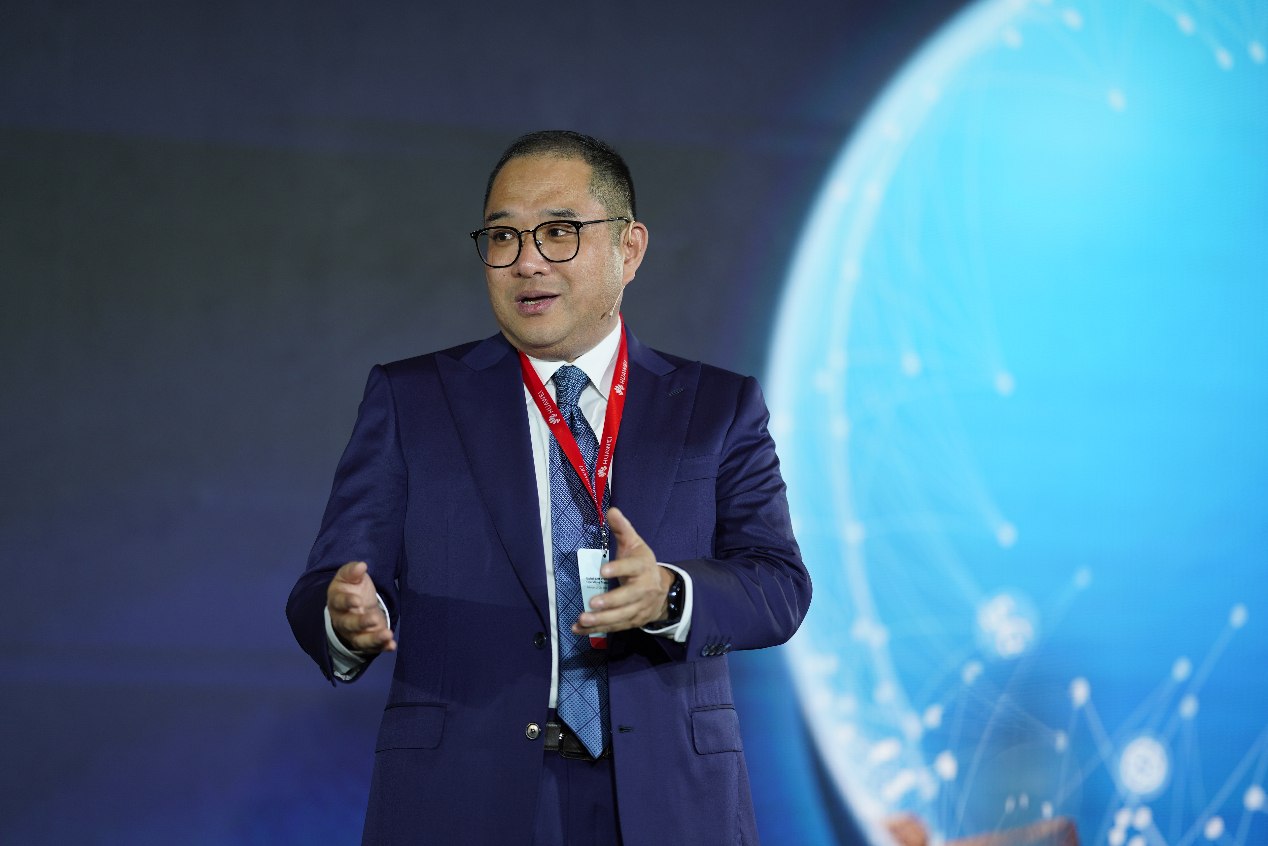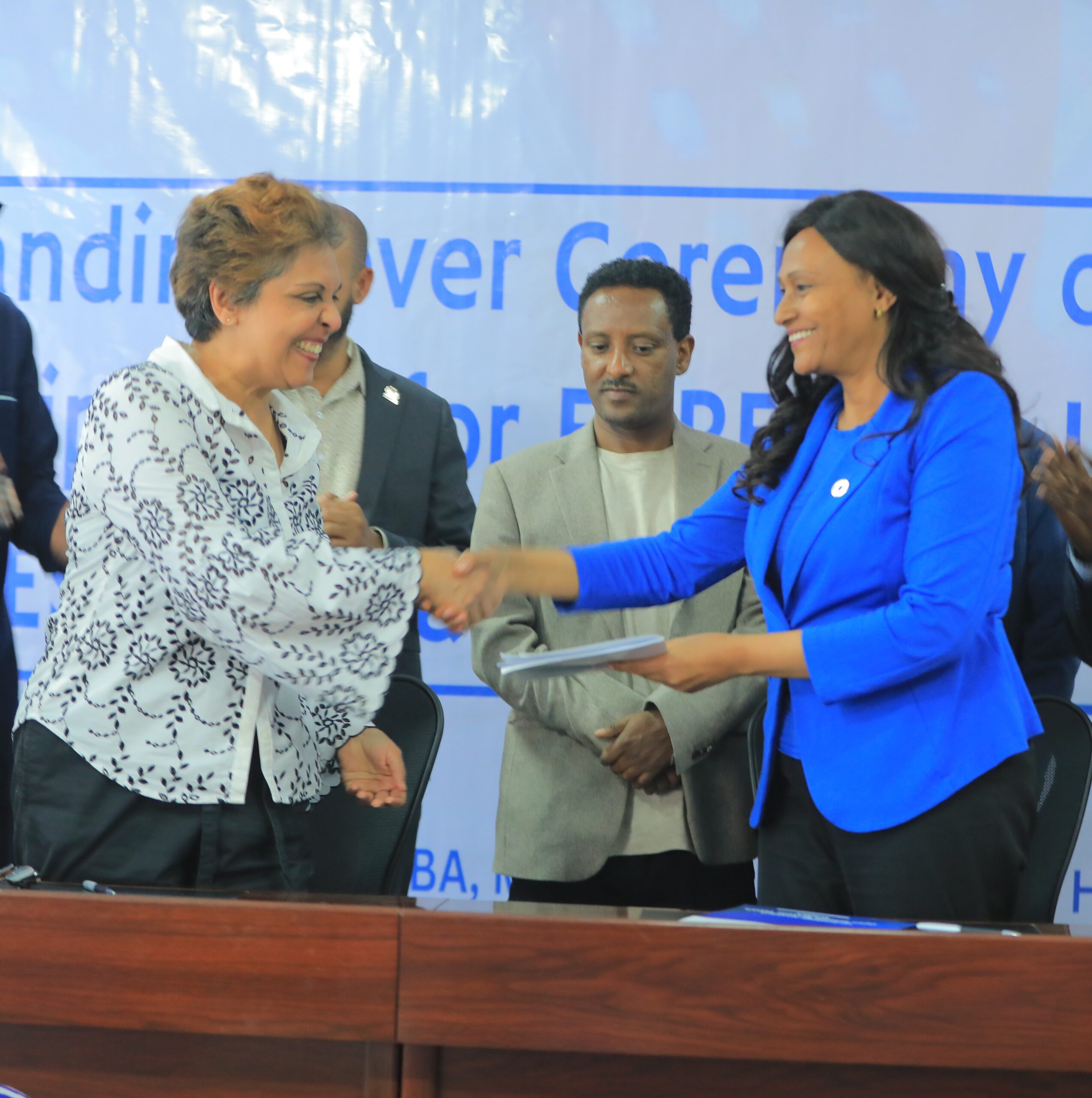The Grand Ethiopia renaissance dam the largest hydropower project in Africa the GERD successfully…
The drive for Ethiopia to harness its hydrological potential is to meet its increasing demand for water due to population growth, to reduce the risk of prolonged drought and there by lift its people out of poverty. Even though the country is highly dependent on rain-fed agriculture resulting in its vulnerability to climate change impacts and still ranks low in its human development, until recently, its impressive economic growth, its stable leadership as well as its attractiveness as a foreign investment hub has put Ethiopia in the limelight.

At present, 74.5 per cent of the work of the Grand Ethiopian Renaissance Dam (GERD), which is located upstream of the major water users in Sudan and Egypt, is now complete and the first round of its storage reservoir has been filled successfully. GERD is a unique project that Ethiopians from all walks of life devote their energy, time, money and knowledge in order to take the desired road to development and prosperity.
A major benefit of the Dam will be hydropower production. All energy generated from it will be going into the national grid of Ethiopia to fully support development in both rural and urban areas. The role of GERD will, therefore, be to act as a stabilizing backbone of the Ethiopian national grid. This is mainly expected to happen during rainy seasons, when there is plenty of water for hydropower generation.
Incidentally, Ethiopia is endowed with rich and favorable climatic and landscape features that help obtain sufficient amount of rain falling from highland to lowland areas. This provides opportunity to unleash hydroelectric energy potential in different parts of the country.
Like GilGel Gibe 1,2 and 3 hydroelectric projects, GERD also opens opportunities for building future similar projects in the highland areas. GERD is not the only mega project; there will be many more developments in the rivers including the Nile.
The road to finalize GERD was not simple and smooth as anticipated. There were two major bottlenecks in the construction process:

i) Impediments in relation to the timeline of the initial plan;
“Despite the Corona Virus/COVID-19/ pandemic across the country and, the overall construction process is being undertaken in two shifts while taking appropriate precaution measures in and around the project.”
After the introduction of the new political reform in the country, significant and effective measures have been taken to put the project on the right track. The civil work has increased from 80 per cent to 88.75 per cent, while hydraulic steel structures reached 33.18 per cent and electromechanical work is at 46.51%/ The overall project status is at 75 per cent.
ii) The unpredictable and self-conserved behavior of Egypt which is trying to hold the project hostage by imposing rules over filling and operation of the Dam;
Egypt has been trying to make the project political and global by insisting the reservoir should be filled only after agreement is reached and vowing to use “all available means” to protect its “water interests”.
On 26 February 2020, Ethiopia refrained from signing the U.S.-drafted proposal regarding the filling of the Dam’s reservoir and its operation, because during a prolonged drought season that would drain the reservoir to unacceptably low level. Ethiopian didn’t even attend February and March 2020 meetings. However, Ethiopia is willing to continue the negotiation process but confirms that it will as well start filling the reservoir this year.
Obviously, the Dam is critical to enhance development efforts and would benefit the whole region, including Egypt. Egypt’s claim to “historical rights” to the Nile waters, stems largely from outdated treaties to which upstream countries are not part of and are excluded by arrangements that are both unfair and illegitimate. On the contrary, Ethiopia and other upstream nations want the Nile basin to be governed by a new trans-boundary cooperation framework, also known as the Comprehensive Framework Agreement (CFA). This is the most appealing solution.

“We are quite sure to complete the project successfully for we have legal and natural right over the waters of the Great River that constitutes 85% of the Blue Nile.”
The mission to make Ethiopia a renewable energy hub in East Africa really goes in line with the national energy plan. Very recently, an agreement has been signed with two contractors to generate 300MW electric energy (150 MW each) from Corbetti-Tulu Moye Geothermal Project, 250MW solar energy, and many more projects are on pipeline.
Despite the Corona Virus /COVID-19/ pandemic across the country and neighboring states, the overall construction process is being undertaken in two shifts while taking appropriate precautionary measures in and around the project site. Much emphasis is given to safety and security of the workers of the Dam.



